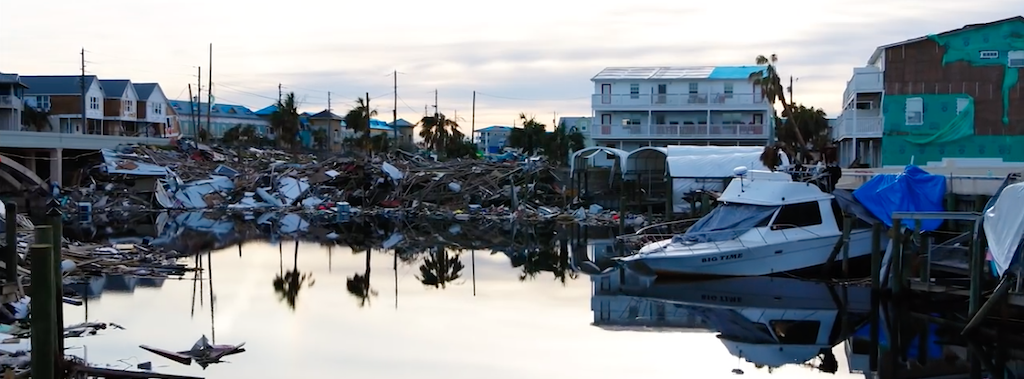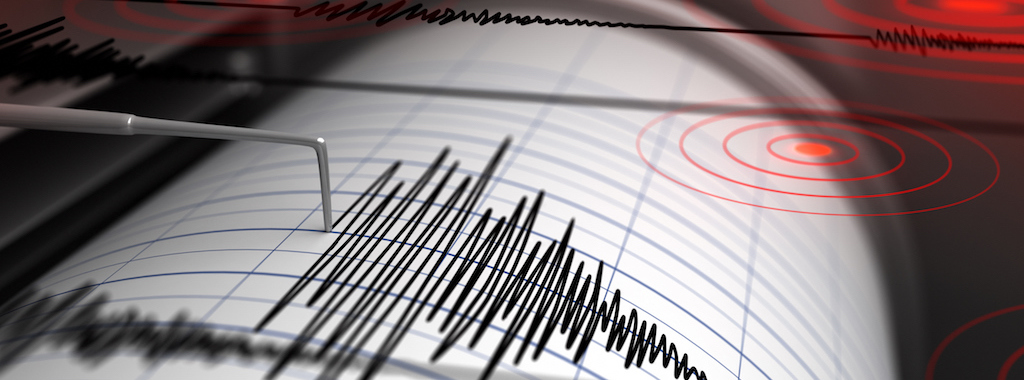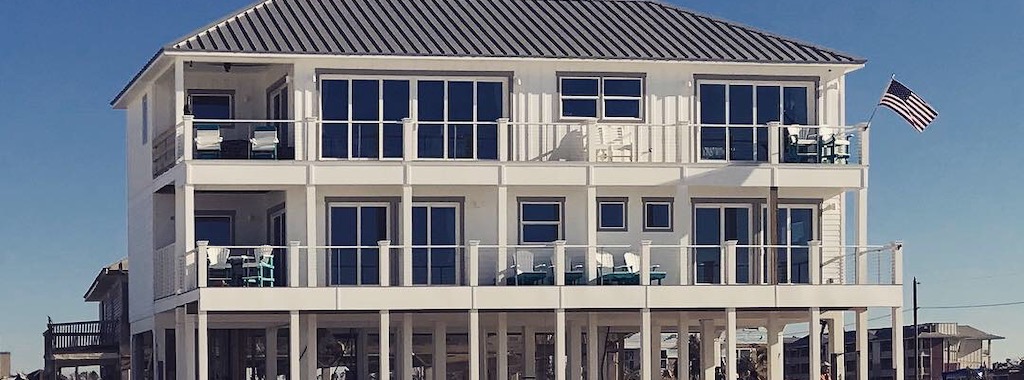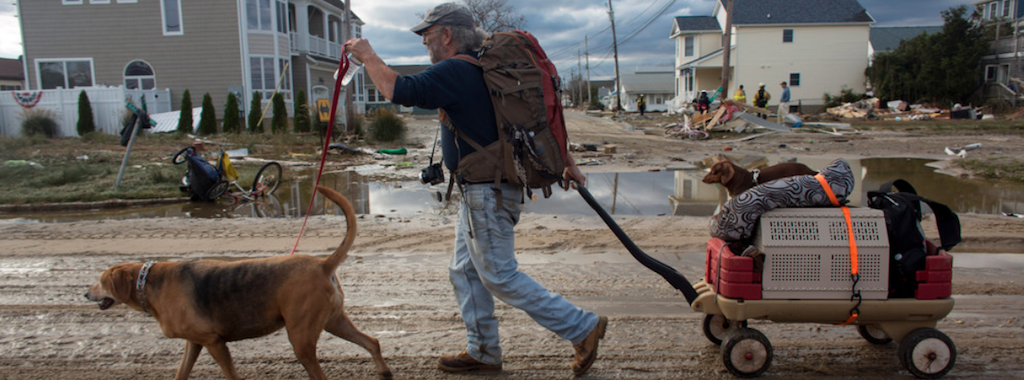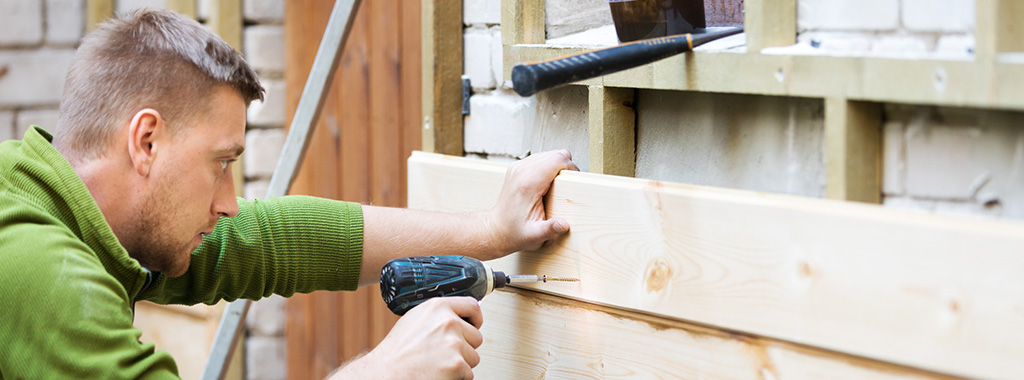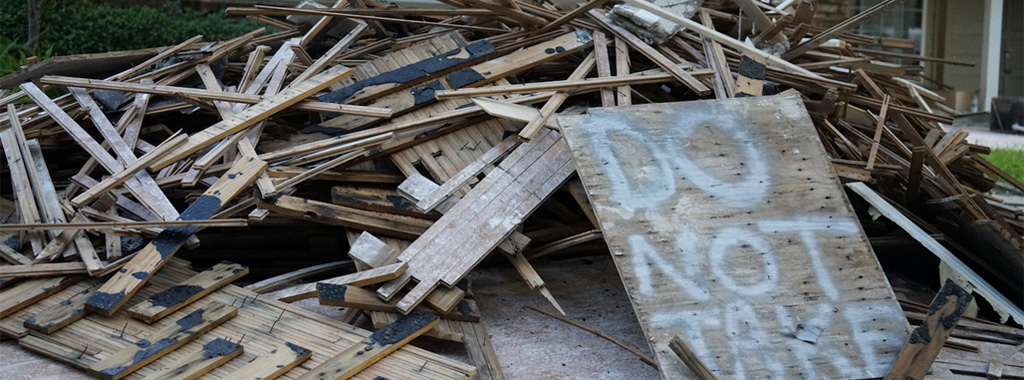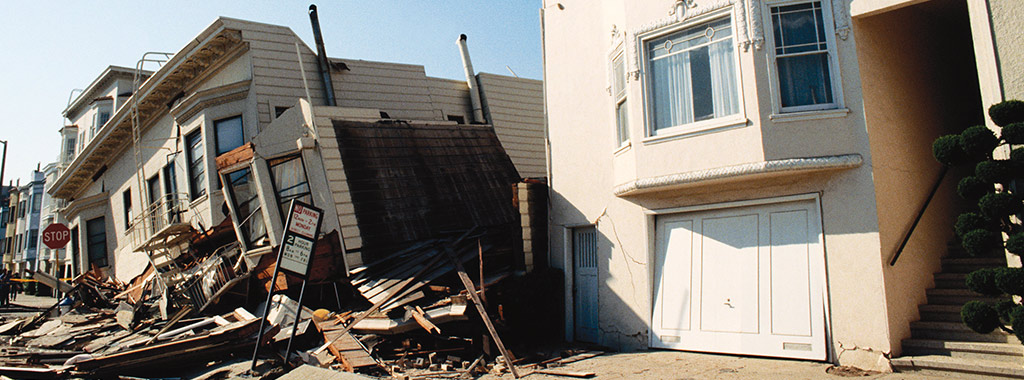Community resilience is the concept that we can design and build better to reduce susceptibility to disasters. The idea of building for resilience is in the DNA of Simpson Strong-Tie and is why we’re considered a leader in structural systems research, testing and innovation. That commitment to building for resilience is why we partner with other leaders in the field like the Dr. Lucy Jones Center for Science and Society.
Category: Natural Disaster Preparedness
Great ShakeOut 2019: Reddit Asks Us Anything About Earthquakes
Each year, Simpson Strong-Tie teams up with the West Coast’s top earthquake scientists and preparedness experts to take questions from Redditors about earthquakes and tsunamis. The Reddit AMA is part of the Great ShakeOut, the world’s largest earthquake drill, where 55 million people drop, cover and hold on. The next Great ShakeOut is scheduled to take place at 10:17 a.m. on October 17, 2019, and your organization still has time to get involved.
Continue reading “Great ShakeOut 2019: Reddit Asks Us Anything About Earthquakes”
Drop, Cover, and Hold On: International ShakeOut Day is October 17
Each year, an earthquake preparedness event known as the Great ShakeOut Earthquake Drill takes place around the world. The coordinated earthquake drill provides an opportunity for schools, businesses, homeowners and others to practice what to do once the ground starts shaking or swaying.
Continue reading “Drop, Cover, and Hold On: International ShakeOut Day is October 17”
Made Even Stronger: Mexico Beach Home Rides Out Hurricane Michael
On October 10, Hurricane Michael made landfall on the Florida Panhandle with maximum sustained winds of 155 mph. Having already wrought havoc across Central America, the Category 4 storm became the third most powerful hurricane (in terms of minimum central pressure, a key indicator of strength) ever to hit the contiguous United States. By the time the storm finally cleared, it had tragically claimed 60 lives and some $11.28 billion in damages.
Continue reading “Made Even Stronger: Mexico Beach Home Rides Out Hurricane Michael”
How to Restore Your Home After a Hurricane
In 2011, it was Hurricane Irene; in 2012, it was Sandy and then Hurricane Patricia; 2017 gave us Hurricanes Harvey, Irma, Maria and Nate. This year, with Hurricane Florence, we’ve been reminded that damage can’t be predicted by the frequency of the hurricanes or even necessarily where one ranks on the Saffir-Simpson Scale when it makes landfall. Many factors can make even a Category One Hurricane devastating.
Continue reading “How to Restore Your Home After a Hurricane”
Hurricane Season: Understanding High-Wind Home Preparation
As we’ve seen with the hurricane seasons of that past decade or so, homes are not always built to withstand a major storm. The hurricane season of 2017 was one of the deadliest and costliest seasons in US history. Countless homes and buildings were severely damaged or destroyed, leaving thousands of families displaced. It will take years for communities to rebuild and recover from such devastation.
Fortunately, there are solutions that can help protect your home from a hurricane or high-wind event.
Continue reading “Hurricane Season: Understanding High-Wind Home Preparation”
Staying Put, Riding Out the Storm and Surviving the Odds by Sheltering in Place
Disaster strikes. It’s inevitable, given enough time. Regardless of where you live, there are natural disasters waiting to happen, be they earthquakes, floods, tornadoes or hurricanes. Meteorologists and emergency service providers can often provide advance notice of weather-related disasters like hurricanes, but seismic events, tornadoes and flash floods can often occur with little or no warning.
In the wake of recent catastrophic events such as Superstorm Sandy (233 deaths, $75 billion in damages), the 2011 Joplin tornado (158 deaths, $2.8 billion in damages), and Hurricane Katrina (1,245 deaths, $108 billion in damages), emergency management experts are increasingly evaluating the benefits of sheltering in place as opposed to evacuation. According to the Federal Emergency Management Agency (FEMA), sheltering in place is generally advisable when it may be dangerous to leave your home or place of employment.
Continue reading “Staying Put, Riding Out the Storm and Surviving the Odds by Sheltering in Place”
Picking Up the Pieces — Examining the Effects of Hurricane Harvey
From hurricanes and earthquakes to wildfires, floods, freezes, droughts, severe storms and more, natural disasters plagued the United States in 2017. The National Centers for Environmental Information (NCEI) reports that 2017 could be a record-breaking year for disasters that cause over $1 billion in damage. As of October of 2017, NCEI reported 15 such events in the United States, only one fewer than in the record year of 2011. Without going into the details of why these events occur — we’ll leave that to the scientific community — there are ways to prevent damage and destruction by building resilient communities and structures.
Continue reading “Picking Up the Pieces — Examining the Effects of Hurricane Harvey”
Protecting Your Home from Earthquakes
On a Sunday morning in late August 2014, a 6.0 magnitude earthquake surprised Napa, California residents and caused structural damage to many homes and businesses in the area. One of the most powerful earthquakes in Napa’s history, local news outlet KQED reported $300 million in damage to homes and commercial properties.
Napa is right in our backyard, about 60 miles north of Pleasanton. Many Simpson Strong-Tie employees felt the quake, but fortunately no one was injured. If you’ve ever been in a large earthquake, you would probably agree that it’s a frightening and unsettling experience. And unlike other natural disasters, there’s no warning. Here is one woman’s story about the Napa earthquake:
Continue reading “Protecting Your Home from Earthquakes”
Protecting Homes Against Earthquakes With Seismic Retrofitting
If an earthquake were to strike at this very moment, are you confident your home is adequately constructed to withstand it? Depending on where you live, how your house is built—and the year in which it was originally constructed—an earthquake could have a devastating impact on your physical and financial health.
We’ve all witnessed the catastrophic impact that large earthquakes can have on society recently, and our hearts go out to those affected in Mexico who are picking up the pieces. Since October is Earthquake Preparedness Month and October 19 is the Great ShakeOut earthquake drill, we thought we’d share some steps homeowners and building owners can take to help minimize the risk of damage.
Continue reading “Protecting Homes Against Earthquakes With Seismic Retrofitting”


